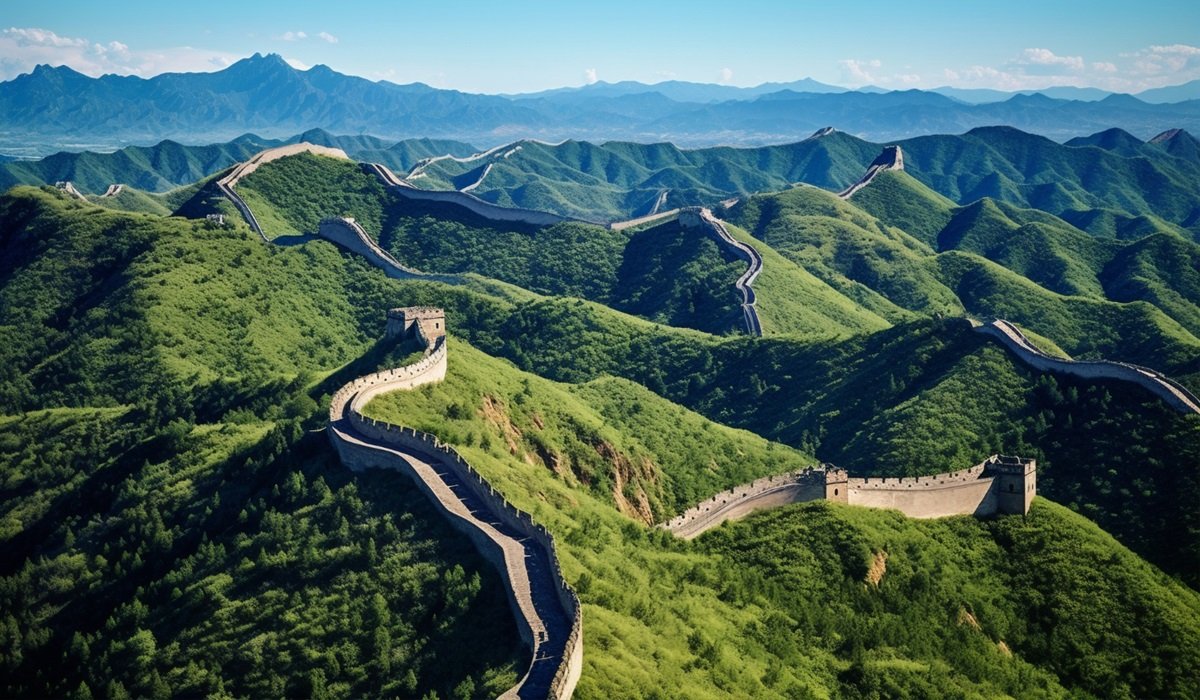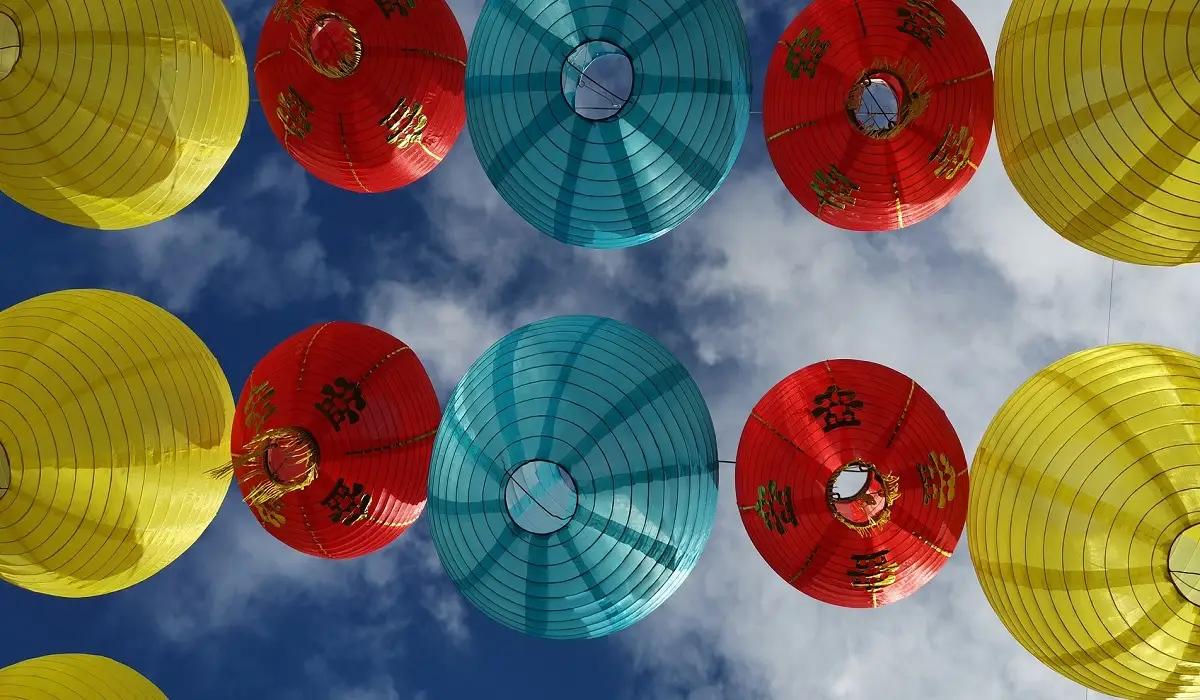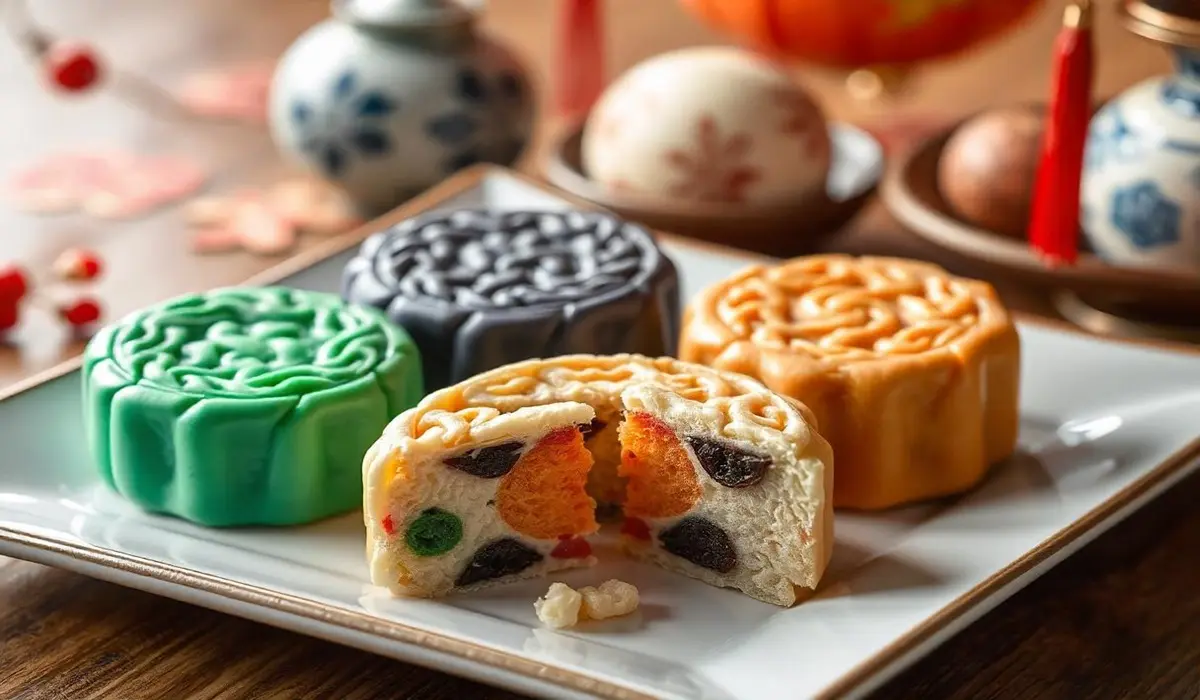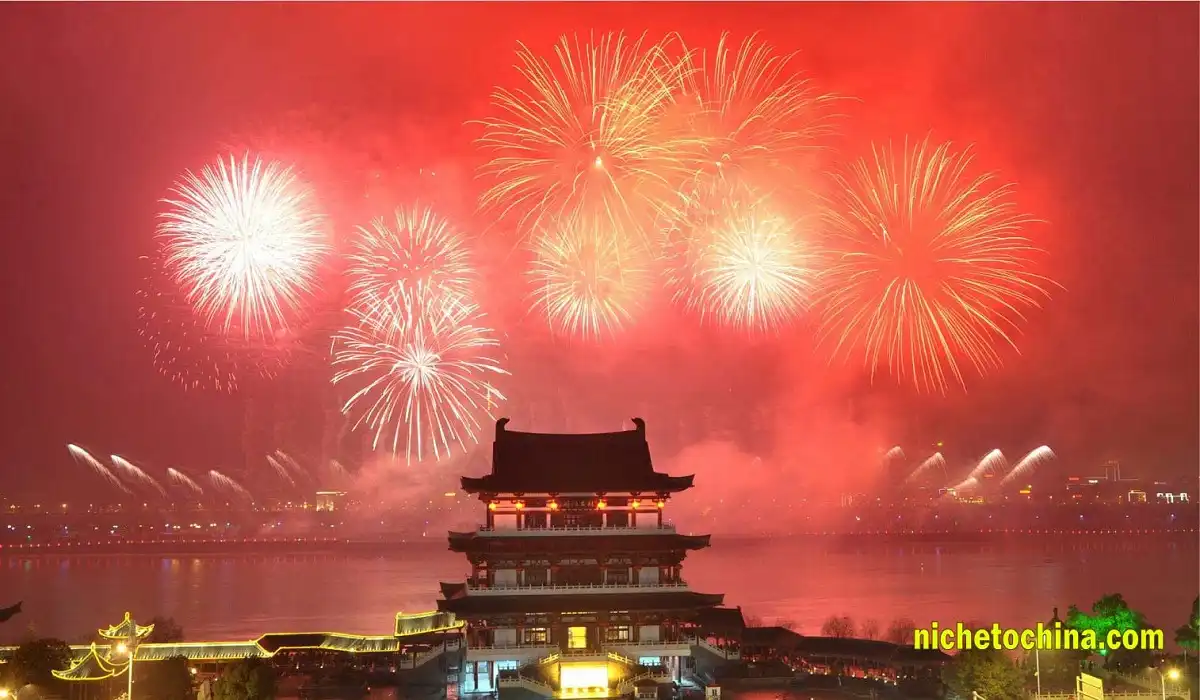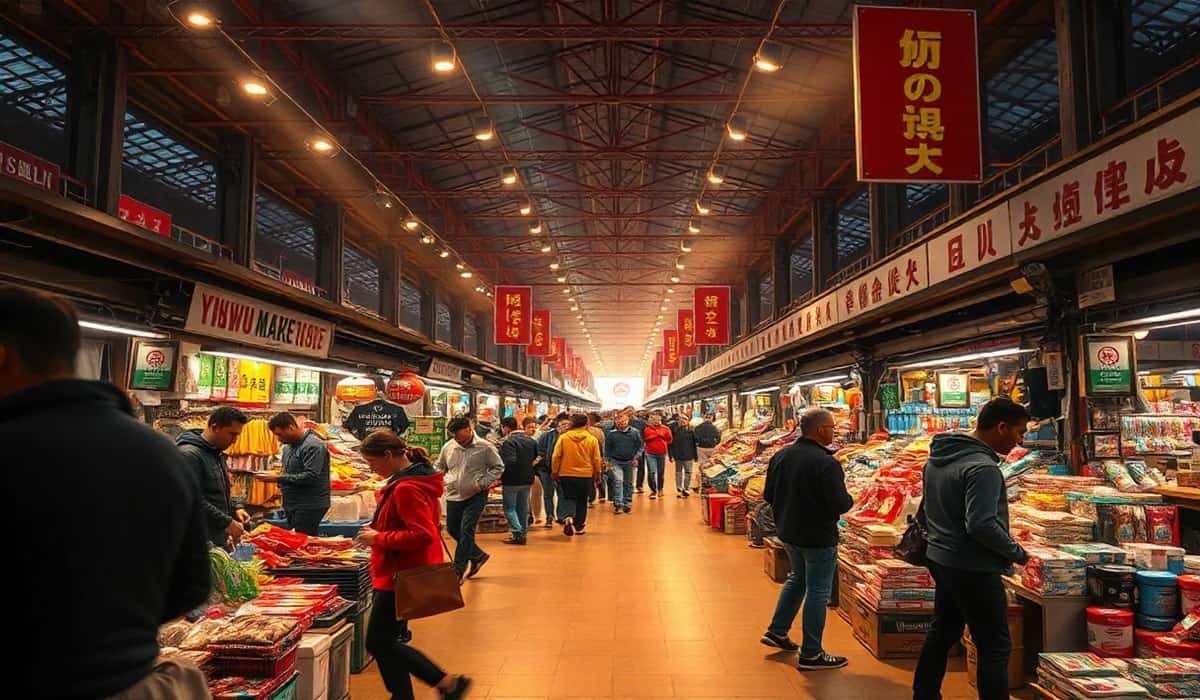The Great Wall of China (长城, Chángchéng) is one of the world’s most iconic landmarks, stretching across Northern China and symbolizing the resilience and ingenuity of the Chinese civilization. People often say, 不到长城非好汉, bù dào Chángchéng fēi hǎohàn, meaning “He who has not climbed the Great Wall is not a true man.” This phrase emphasizes the Wall’s importance as a symbol of persistence and personal achievement. Hiking Lovers are mostly prefer to visit Yangshuo Rock Climibing. This place is often known as hiking paradise inside China.
Whether you’re planning your first visit or seeking to dive deeper into its rich history, this comprehensive guide covers everything you need to know about the Great Wall of China—from its history and significance to practical travel tips, hiking routes, and cost breakdowns.
A Brief History
I remarked this short story for you to understand the Significance of the Great Wall of China to clear your thought about it, While when I was visited back to 2017 I had no idea such of these ancient history. No worries ! I Found it out later, Now For You.
The history of the Great Wall of China dates back over 2,000 years. Initially, it was a series of smaller walls constructed by different states to protect against invasions. It wasn’t until Emperor Qin Shi Huang (秦始皇, Qín Shǐ Huáng) unified these during the Qin Dynasty (221-206 BC) that the Great Wall of China began to take its recognizable form. The wall was further expanded and reinforced during the Han, Sui, and especially the Ming Dynasty (1368-1644 AD), which built much of the wall that remains today.
Why was the Great Wall of China built ? The primary purpose was to defend against invasions from northern nomadic groups, such as the Xiongnu. However, the wall also served to control trade along the Silk Road, regulate immigration, and project the power of the Chinese emperors.
Cultural Significance and Legends: The Great Wall of China is not only a formidable defense structure but also a cultural treasure steeped in legends and stories. One of the most renowned tales is that of Meng Jiangnü. According to legend, her tears were so powerful that they caused a section of the Wall to collapse when she learned of her husband’s death during its construction.
Must-Visit Sections
The Great Wall of China is divided into several sections, each with its own unique features and historical significance. Here are the most popular ones:
- Badaling (八达岭, Bādálǐng):
The most visited section, known for its excellent preservation and accessibility. It’s ideal for first-time visitors and offers stunning panoramic views. - Mutianyu (慕田峪, Mùtiányù):
Less crowded than Badaling, this section is famous for its dense forest coverage and restored walls. A popular choice for families and those looking for a quieter experience. - Jinshanling (金山岭, Jīnshānlǐng):
A partially restored section that is known for its steep inclines and breathtaking views, it is also a favorite among photographers and hikers. - Simatai (司马台, Sīmǎtái):
One of the most challenging sections to hike, Simatai not only offers rugged terrain but also provides a thrilling experience. Moreover, this section is less touristy, making it perfect for adventure seekers. - Jiankou (箭扣, Jiànkòu):
A wild, unrestored section that attracts experienced hikers. Jiankou is famous for its jagged ridges and dramatic scenery but should only be attempted by seasoned hikers.
Best Time to Visit the Great Wall of China
The best time to visit the Great Wall of China is during spring and autumn. Spring lasts from April to June, and autumn from September to November. In these seasons, the weather is mild, with stunning scenery. Spring offers blooming flowers, while autumn displays vibrant fall colors. Summer can be hot and crowded. Winter, though less crowded, can be extremely cold, with snow often covering the Wall. It’s best to avoid visiting during major Chinese holidays like Golden Week in October, as the Wall becomes heavily crowded.
How to Get to the Great Wall of China
Most visitors begin their journey from Beijing, which is close to many popular sections of the Wall. Here’s how to reach each section:
- Badaling:Easily accessible by train from Beijing North Railway Station, bus, or car, with a journey time of about 1-1.5 hours.
- Mutianyu:Take a bus from Dongzhimen Station in Beijing, or opt for a private tour. The journey takes around 1.5-2 hours.
- Jinshanling:Best reached by car or private tour due to limited public transport options. The drive takes 2-3 hours from Beijing. This section is less crowded but worth the visit.
- Simatai:A 2-3 hour drive from Beijing, with the option to combine your visit with a trip to the nearby Gubei Water Town.
What to Pack for Your Visit
- Comfortable walking shoes:The Wall has steep climbs and uneven surfaces, so sturdy footwear is essential.
- Weather-appropriate clothing:Dress in layers, especially during cooler months, and bring a light jacket even in the summer.
- Water and snacks:While some sections have vendors, it’s wise to bring your own to avoid high prices.
- Sun protection:The Great w. offers little shade, so a hat, sunglasses, and sunscreen are recommended.
- Camera:To capture the breathtaking views and ancient architecture.
Photography Tips: The Place offers countless photo opportunities, but the best times for photography are early morning or late afternoon when the light is softer. Don’t forget to capture panoramic views and intricate details like the watchtowers and brickwork.
Costs and Budgeting for Your Trip

Here’s a cost breakdown for your visit:
- Entrance Fees: Depending on the section, expect to pay between 40-65 CNY ($6-$10).
- Transportation: Public transport costs range from 20-100 CNY ($3-$15), while private tours range from 300-800 CNY ($45-$120).
- Additional Costs: Cable car rides (where available) are about 80-100 CNY ($12-$15) for a round trip. Toboggan rides at Mutianyu cost around 80 CNY ($12).
- Food and Drink: It’s best to bring your own snacks and water as prices near the Wall can be high. Nearby restaurants offer meals ranging from 50-100 CNY ($8-$15).
If you are first time travelling to china we strongly recommend you read our article Ultimate Guide to Traveling to China Step by Step
Nearest Hotels to the Great Wall of China
Staying near the Wall allows for early morning or late afternoon visits, avoiding the peak crowds. If you’re planning an overnight stay, here are some recommended hotels near to it:
- Commune by the Great Wall:A luxury hotel with stunning views of the Wall, located near the Badaling section.
- Mutianyu Great Wall Hotel:A comfortable mid-range option close to the Mutianyu section, ideal for families.
- Simatai Great Wall Hotel:Located near the Simatai section, this hotel offers a cozy stay with easy access to hiking trails.
- Brickyard Retreat (Mutianyu):Offers a rustic and relaxing atmosphere, ideal for those visiting the Mutianyu section.
- Gubei Water Town Hotels (Simatai):Provides convenient access to both the Simatai section and the picturesque Gubei Water Town.
Unique Experiences on the Great Wall of China is often known as Great Wall Marathon: If you’re up for a challenge, the Great Wall of China Marathon is held annually in May. This race takes participants through some of the most scenic and rugged parts of the Wall, combining athleticism with history. Explore our top pick of Foreign-Friendly Hotels in Beijing
Hiking the Great Wall of China
Hiking the Great Wall of China is a bucket-list adventure for many. The Wall offers a variety of routes, ranging from easy walks to challenging treks. Here’s what you need to know:
Best Sections for Hiking:
- Jinshanling to Simatai:This 10-kilometer hike is a popular choice for those seeking a mix of restored and wild sections. The views are spectacular, and the experience is both challenging and rewarding.
- Jiankou to Mutianyu:This route is for experienced hikers only, offering steep climbs, unrestored walls, and incredible scenery.
- Gubeikou to Jinshanling:A less crowded hike that takes you through remote and picturesque landscapes.
How Long Does It Take to Hike the Great Wall of China?
The time needed depends on the section and your pace. Short hikes at Badaling or Mutianyu can take 2-3 hours, while longer treks like Jinshanling to Simatai can take 4-5 hours.
What to Bring for a Great Wall Hike:
- Comfortable hiking shoes with good grip
- Plenty of water and snacks
- Sun protection (hat, sunglasses, sunscreen)
- A camera for capturing the stunning scenery
- A light jacket or windbreaker, as temperatures can change rapidly
Souvenirs for Your Loved Ones (Our Top 10 Pick)
Visiting the Great Wall of China is a memorable experience, and taking back a piece of that memory for your family or loved ones makes the trip even more special. The areas around the Great Wall offer a variety of unique souvenirs that reflect the rich culture and history of China. Here are some famous items you can buy near the Great Wall, along with their prices and where to find them:

1. Great Wall of China Miniature Models
- These intricately designed miniature models of the Great Wall are perfect souvenirs to remind you of your journey. They come in various sizes and materials, from wood to stone. Price:CNY 50-200 ($7-$30) depending on the size and material. Where to Buy: Available at souvenir shops near the Badaling and Mutianyu sections of the Great Wall.
2. Hand-Painted Chinese Fans (折扇, zhē shàn):
- Chinese fans, especially those hand-painted with landscapes, calligraphy, or images of the Great Wall, make for elegant gifts. These fans are a symbol of grace and cultural heritage.The Price of Chinese Fans only:CNY 20-100 ($3-$15). Look for these at the Badaling Great Wall market or local craft shops in Beijing for pick this with good quality.
3. Cloisonné (景泰蓝, jǐngtài lán) Enamelware:
- Cloisonné is a traditional Chinese art form that creates stunning, colorful designs on metal objects like vases, plates, and jewelry. Consequently, this intricate craft makes for a high-quality gift. The costs range from 100-500 CNY ($15-$75), depending on the size and complexity. Moreover, you can find these items at specialty stores near the Mutianyu section or in Beijing’s Wangfujing shopping area.
4. Silk Scarves (丝巾, sī jīn):
- Chinese silk scarves, known for their softness and exquisite patterns, are a luxurious gift. You can find scarves with designs inspired by the Great Wall or traditional Chinese motifs.Silk Scarves costs only CNY 80-300 ($12-$45).And you can navigate the Shops near the Mutianyu and Jinshanling sections of the Great Wall, as well as in Beijing’s Silk Street market.
5. Chinese Calligraphy Scrolls (书法卷轴, shūfǎ juànzhóu):
- Chinese Calligraphy Scrolls are a meaningful gift featuring famous Chinese sayings or poems. For example, many scrolls include the phrase 不到长城非好汉. Additionally, these calligraphy scrolls can be found at calligraphy shops near the Badaling section or in Beijing’s Panjiayuan Antique Market, and they cost between CNY 50-150 ($7-$22). For more details infor about chinese caligraphy visit the Museum website.
6. Tea Sets (茶具, chájù):
- Chinese tea culture is world-renowned, and a beautifully crafted tea set makes a thoughtful gift. Look for sets featuring traditional Chinese designs or the Great Wall motif. The Price of Traditional Tea Sets Starts From CNY 100-400 ($15-$60). Where to Buy:Tea shops near the Great Wall sections, particularly Badaling, or in Beijing’s Maliandao Tea Market.
7. Chinese Knot (中国结, zhōngguó jié):
- Chinese knots are traditional decorative items symbolizing good luck and prosperity. They are often given as gifts to bring blessings to the recipient. The Price of chinese Knots Starts From CNY 10-50 ($1.50-$8). This Available at most souvenir shops around the Great Wall, especially in Badaling and Simatai.
8. Porcelain (瓷器, cíqì):
- Porcelain is a classic gift, notably China’s famous blue and white porcelain. For instance, you can find small dishes, vases, or figurines that are easy to carry home. In addition, porcelain prices start from CNY 80-300 ($12-$45). You can find porcelain shops near Mutianyu or in Beijing’s Panjiayuan Antique Market.Learn more about the history and artistry of Chinese porcelain at The Metropolitan Museum of Art’s collection.
These souvenirs not only carry a piece of the Great Wall but also encapsulate the essence of Chinese culture.Finally, making them perfect gifts for your family and loved ones. Be sure to haggle a bit at markets, as prices can be negotiable.
By adding these keepsakes to your shopping list, you ensure that your trip to the Great Wall of China will be remembered fondly by both you and those who receive your thoughtful gifts.
Why the Great Wall of China Should Be on Your Bucket List
The Great Wall of China is more than just a historical monument; it’s a testament to human endurance, ingenuity, and the rich cultural heritage of China. Whether you’re hiking along its rugged paths, marveling at its sheer size, or simply taking in the breathtaking views, the Wall offers an experience like no other. From the legends that surround it to the challenges of its construction, every aspect of the Wall tells a story.
While visiting the Great Wall, don’t miss our guide on the complete list of best places to visit in China for more travel inspiration destination.
As you stand atop the Wall and gaze out at the landscape, you’ll understand why it’s often said, 不到长城非好汉, bù dào Chángchéng fēi hǎohàn—“He who has not climbed the Great Wall is not a true man.” Visiting the Great Wall of China is not just about ticking off a travel destination; it’s about connecting with a piece of history that has stood the test of time. So, lace up your hiking boots, pack your camera, and get ready to explore one of the greatest wonders of the world.
Frequently Asked Questions (FAQ)
Fun Facts About the Great Wall of China
Here are 10 fascinating facts about the Great Wall, including its impressive length, the methods used in its construction, its cultural significance, and the myths, such as whether it’s visible from space.
From childhood, many of us have heard that the Great Wall of China is visible from space, but this is not true. The reality is that the Great Wall cannot be seen from space with the naked eye. Although it’s a huge structure, it is also very narrow, which makes it hard to see from such a great distance without the help of special equipment.
The estimated total length of all the sections of the Great Wall built over time is 13,171 miles (21,196 kilometers).
China primarily built the Wall to protect itself from invasions by northern nomadic groups.It also served as a means to control trade along the Silk Road, regulate immigration, and project the power of the Chinese emperors.
Soldiers, peasants, prisoners, and even intellectuals considered enemies of the state built the Great Wall. The construction took place over several dynasties, with the most significant efforts during the Qin and Ming Dynasties.
The materials used to construct the Wall varied depending on the region and the dynasty. It includes earth, wood, bricks, and stone. The Ming Dynasty primarily built the most well-preserved sections with bricks and stone.
The time required to visit the Wall depends on the section and the visitor’s pace. Short visits to sections like Badaling or Mutianyu can take 2-3 hours, while more extended hikes, such as the Jinshanling to Simatai route, can take 4-5 hours.
Today, the Great Wall of China is a UNESCO World Heritage Site and a symbol of Chinese culture and history. It attracts millions of tourists each year and serves as a reminder of China’s ancient past.
The Great Wall receives approximately 10 million visitors annually, with the Badaling section being the most popular.
These facts include its total length, historical significance, construction methods, and the myths surrounding it, such as the misconception that it is visible from space.

